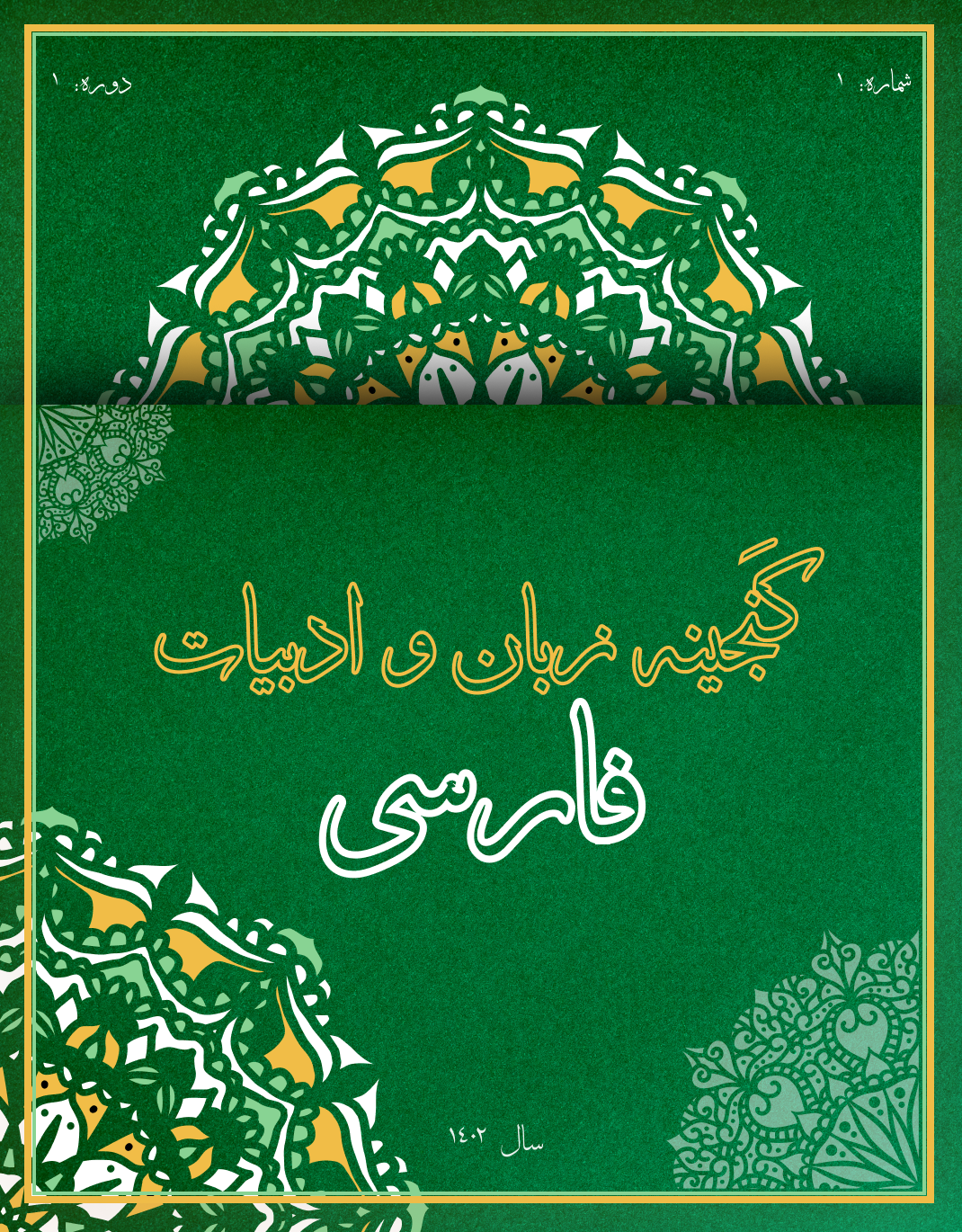About the Journal
The Treasury of Persian Language and Literature is an esteemed, open-access journal dedicated to the study, preservation, and advancement of Persian language and literature. Serving as a valuable platform for scholars, researchers, and academics, the journal explores a diverse range of topics within Persian literary studies, including classical, medieval, and contemporary literature, as well as linguistic studies that examine the nuances of the Persian language. Committed to rigorous scholarly standards, the Treasury of Persian Language and Literature operates under a double-blind peer-review process, ensuring impartiality and the highest levels of academic integrity in the selection of articles. Our journal welcomes contributions in various formats, including original research articles, critical essays, reviews, and interpretive studies, and invites global and interdisciplinary approaches to further enrich the field of Persian studies.








